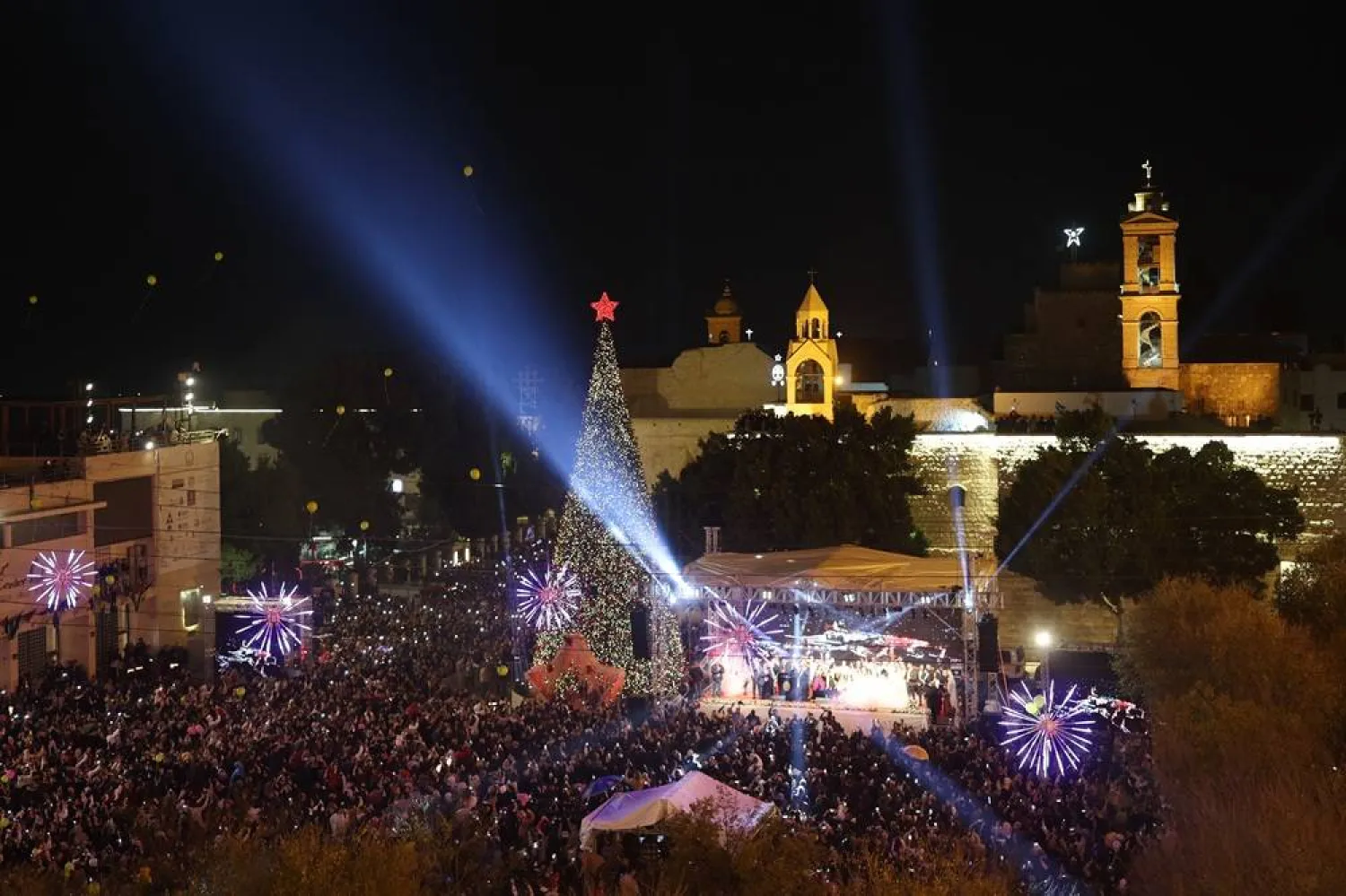Scientists at the University of Warwick say they have been part of an international team to discover a new new habitable Earth-sized planet.
Working with NASA and the European Space Agency (ESA), they said Gliese 12 b has the same temperature as the 2022 UK heatwave and is one of the few known rocky planets where humans could theoretically survive, BBC reported.
But the planet's distance of 40 lights years away means it is too far away to experience more closely, the university said.
Warwick astrophysicist Dr Thomas Wilson said: "This is a really exciting discovery and will help our research into planets similar to Earth across our galaxy."
The planet has an estimated surface temperature of about 42C, but the scientists said they were still unsure of what, if any, its atmosphere was like.
It orbits its version of the sun every 12.8 days and is a similar size to Earth.
The planet’s equivalent of the Sun, called Gliese 12, is a cool, red dwarf located in the constellation Pisces and the planet receives 1.6 times more energy from its star as Earth does from the sun, the university said.
The team used data from NASA and ESA’s satellites to confirm the planet’s existence and characteristics like its size, temperature, and distance away from Earth.
"Thrillingly, this planet is the closest Earth-sized and temperature planet we know," Dr Wilson added.
"The light we are seeing now is from 1984 (40 years ago) – that’s how long it has taken to reach us here on Earth.
"Planets like Gliese 12 b are very few and far between, so for us to be able to examine one this closely and learn about its atmosphere and temperature is very rare."
According to BBC, Larissa Palethorpe, co-lead of the study and doctoral student at the University of Edinburgh and University College London said it was "a unique candidate" for further atmospheric study to help unlock some aspects of our own solar system’s evolution.
"Earth remains habitable, but Venus does not due to its complete loss of water. Gliese 12 b’s atmosphere could teach us a lot about the habitability pathways planets take as they develop," she added.









